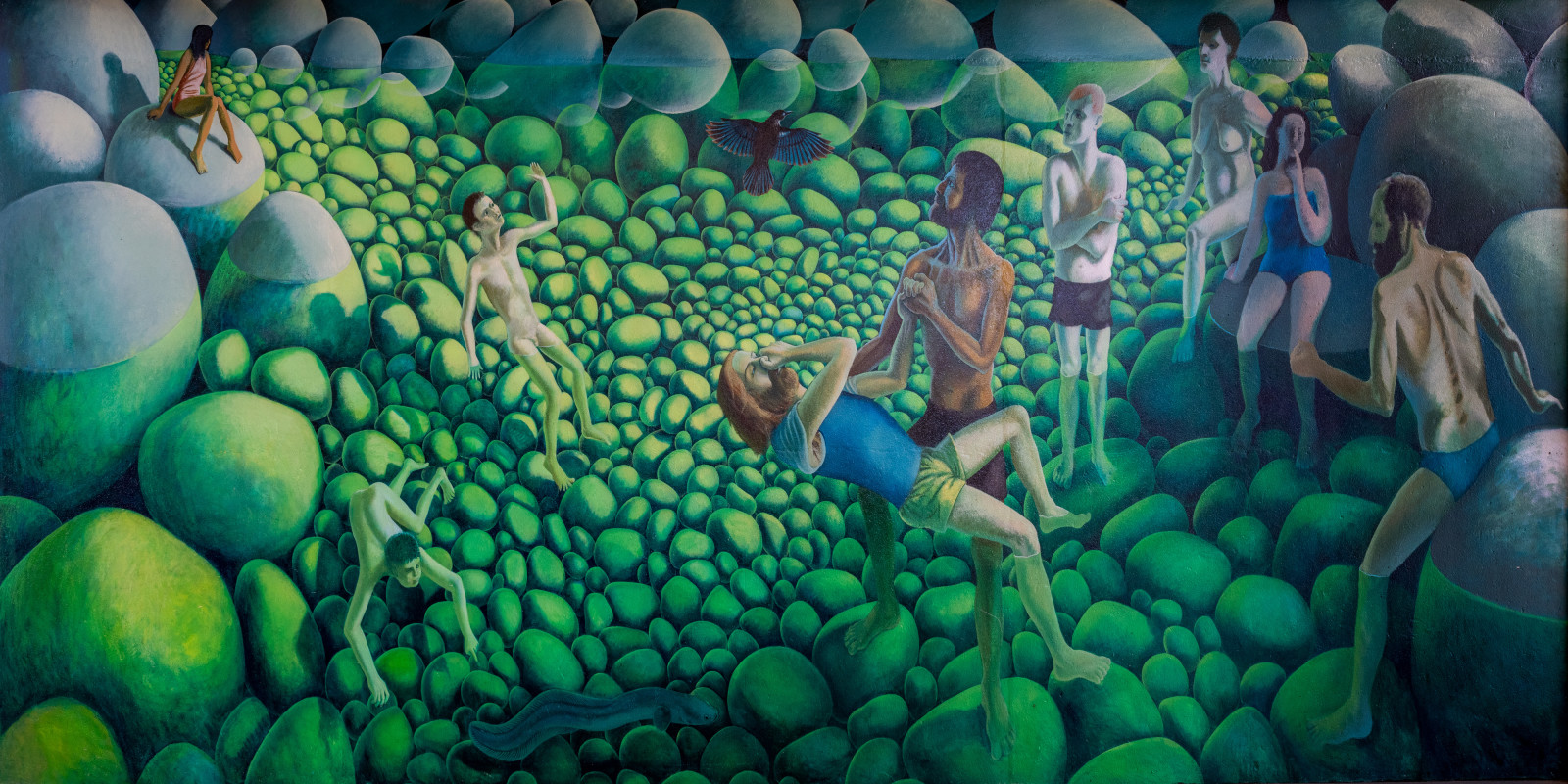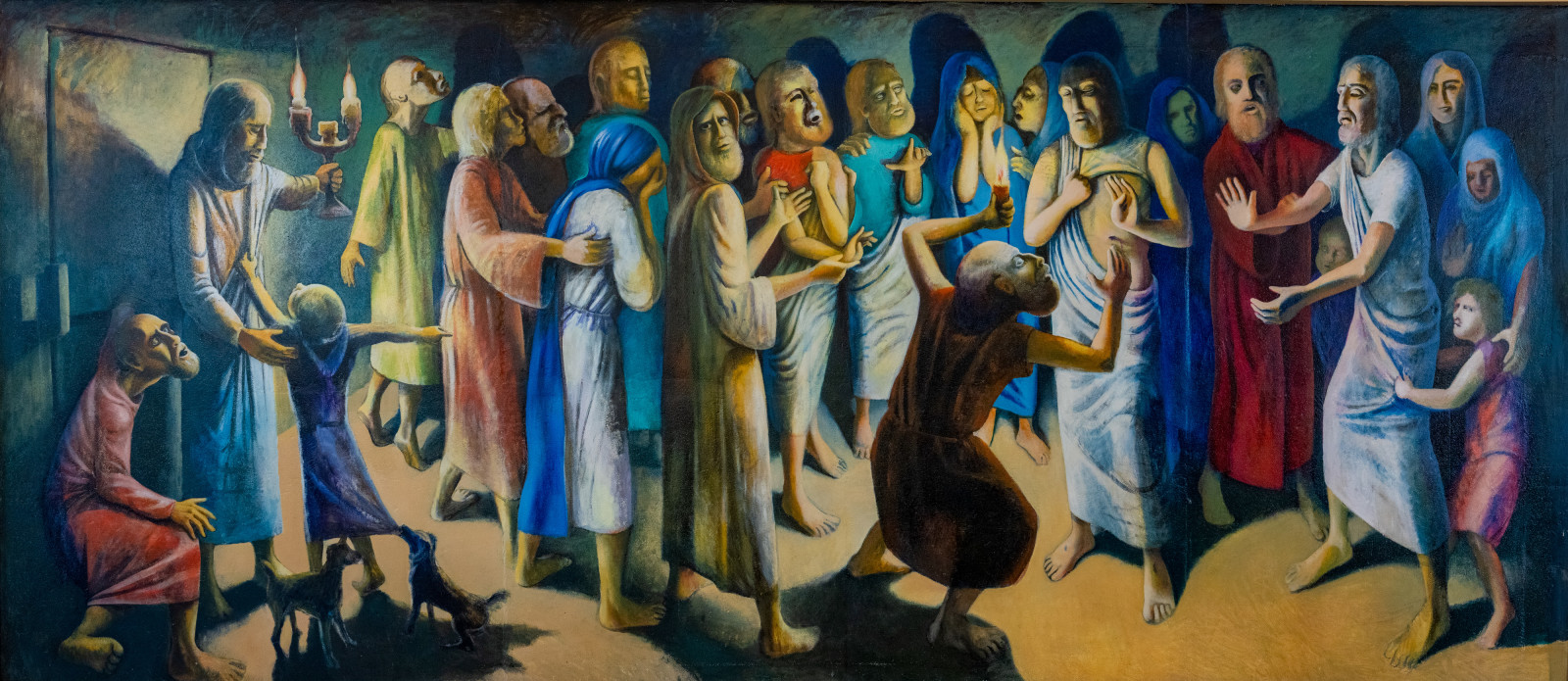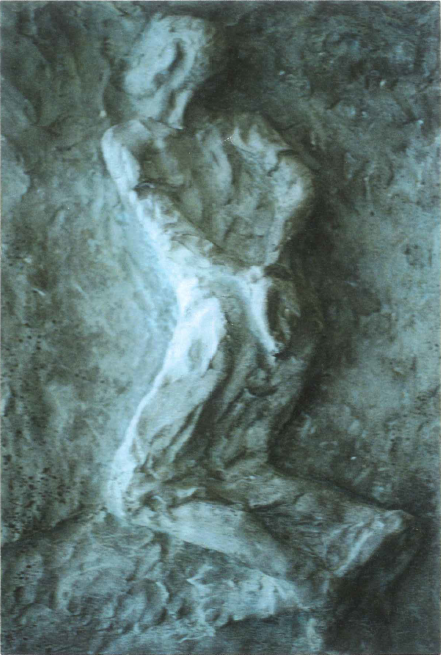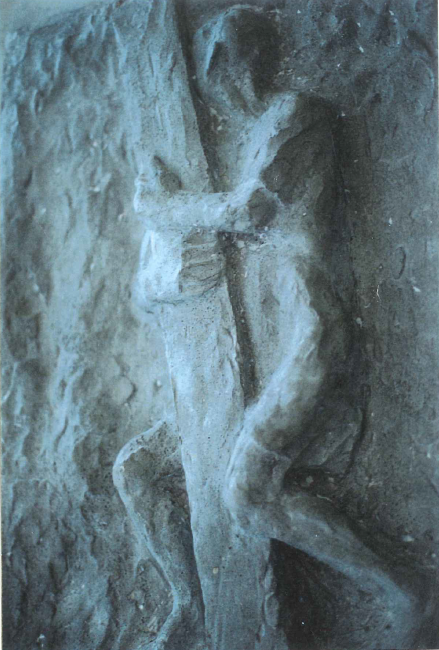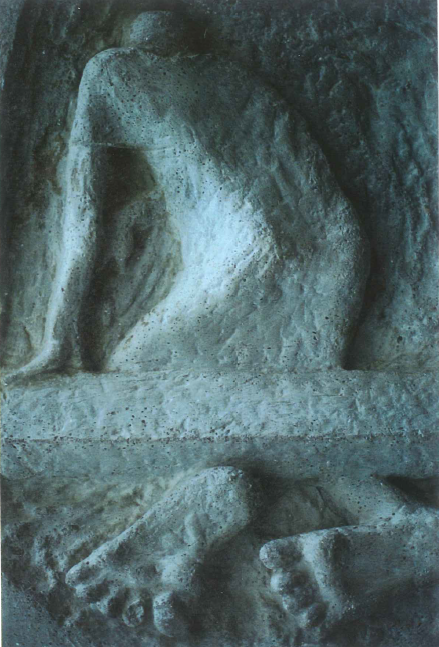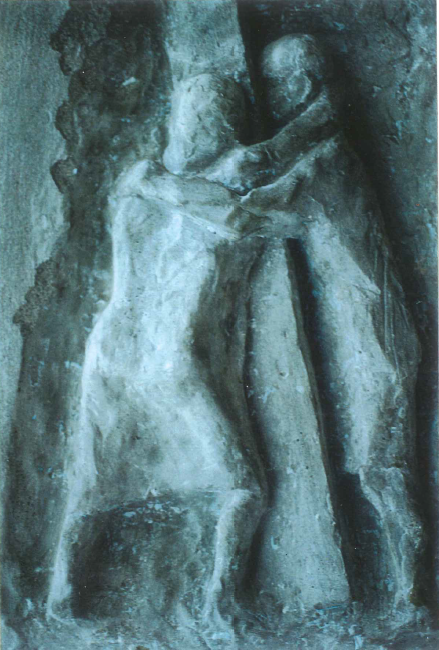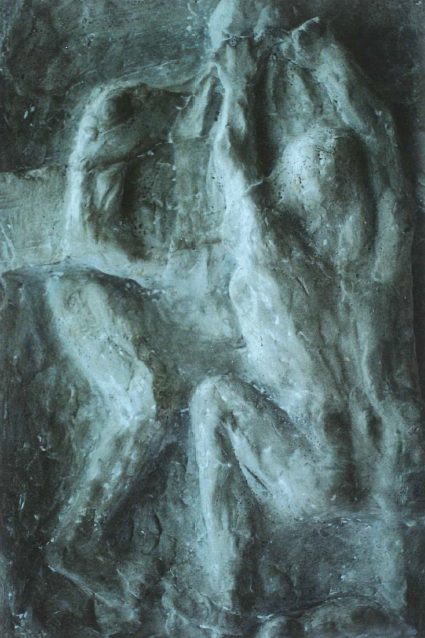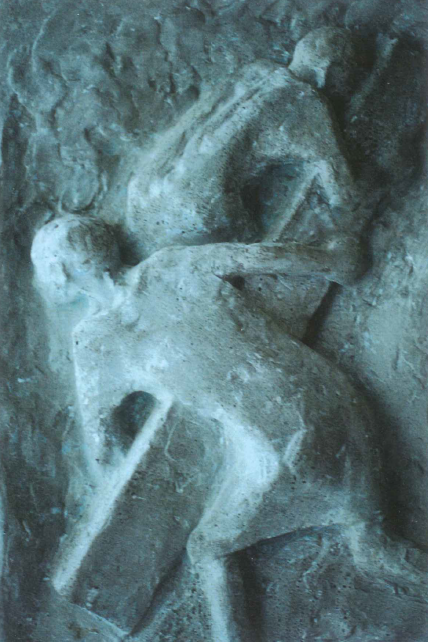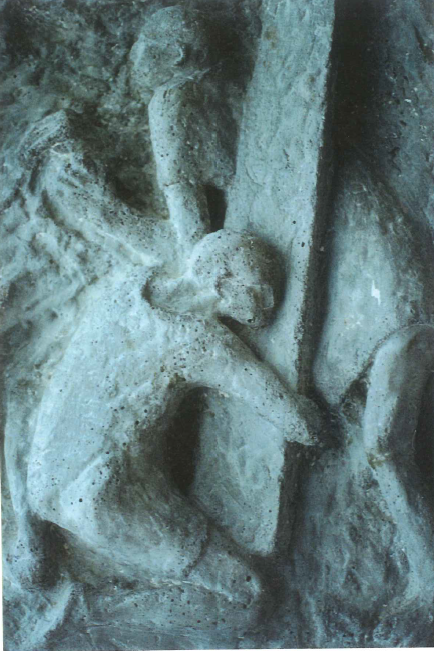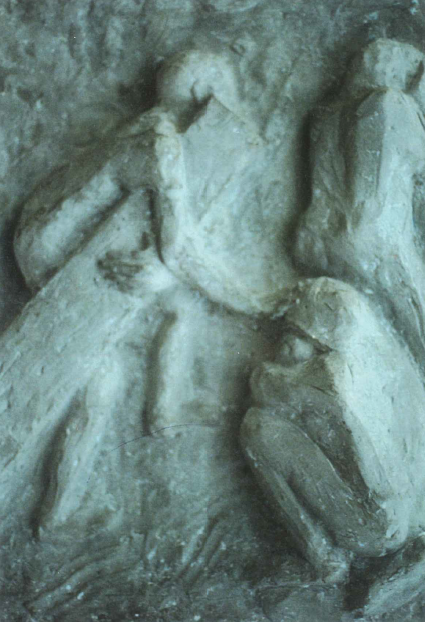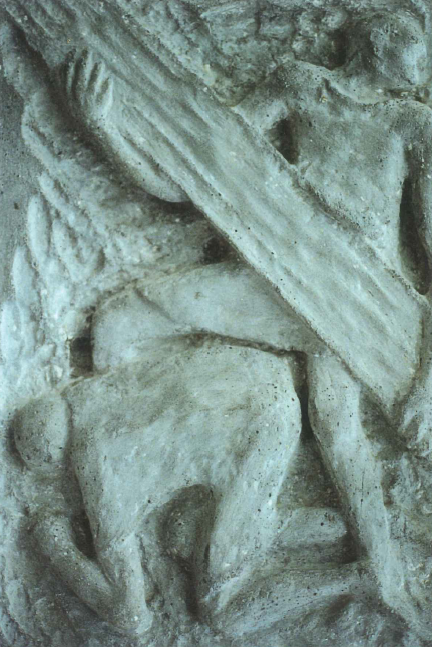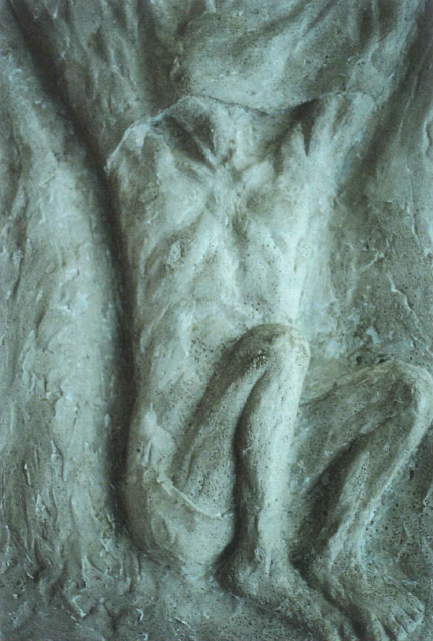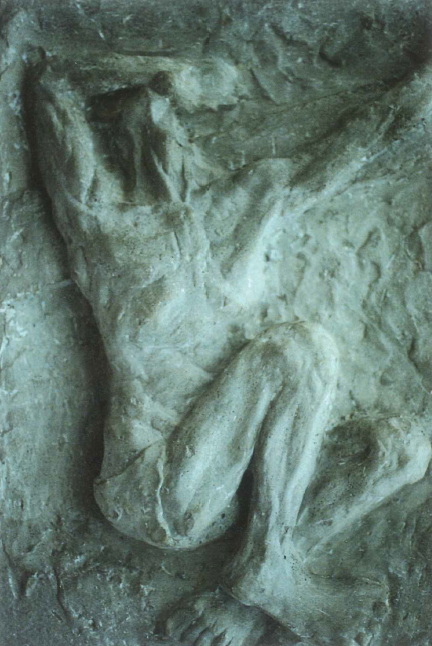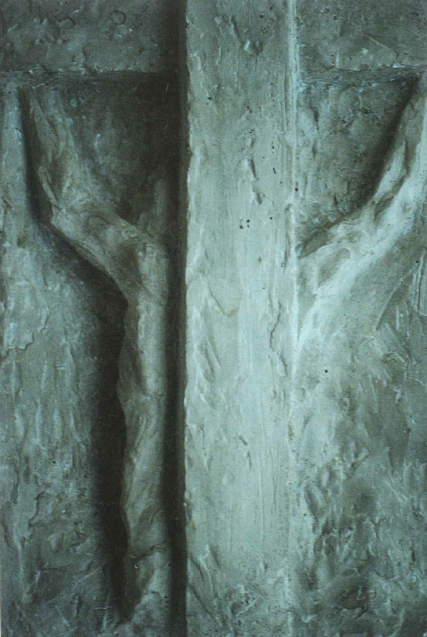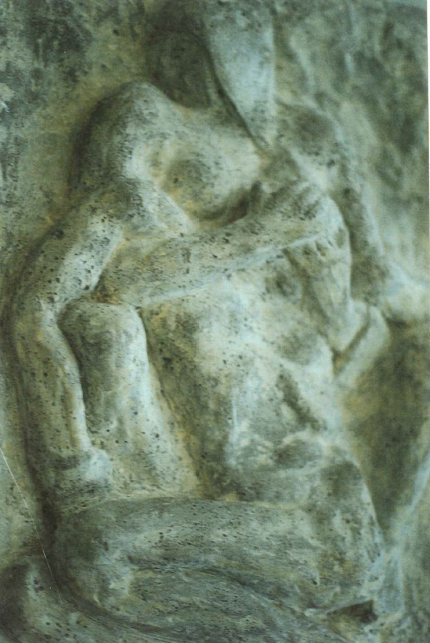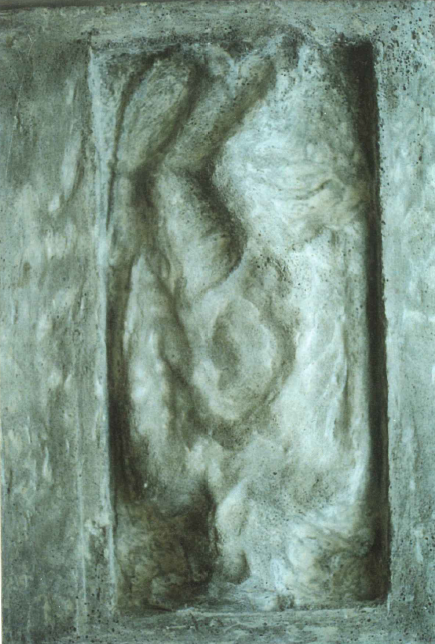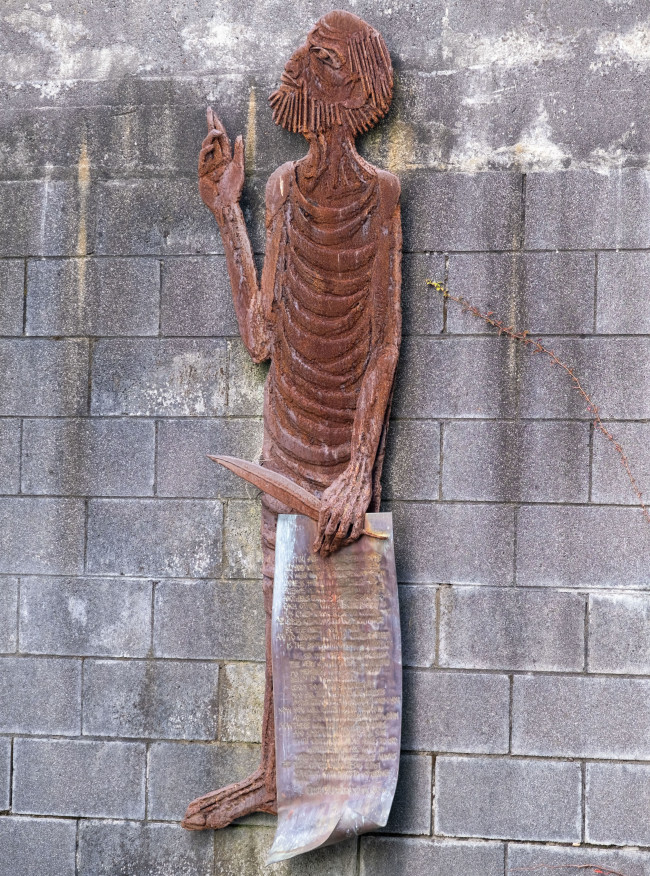The religious art of Michael Smither
Ko te toi karakia o Michael Smither
Tui Motu interviews an artist whose work graces the walls of a local church.
“I grew up as a Catholic in New Plymouth, and probably the first influences for me were church art – the statues and holy pictures I grew up with. As far as I am concerned a picture is worth a thousand words, and those old pictures are burnt into my memory. I remember a statue of the Virgin Mary with her foot on a snake, standing on the world. The Stations of the Cross were powerful images which impressed me with their drama. I can remember at school being greatly struck by a guardian angel behind the figure of a child about to cross a rickety-looking bridge.
The Catholic symbols impressed me. The whole liturgy is surrounded by such powerful images. But in those days original works of art were practically non-existent. My father was an artist. The things I saw him create were certainly part of my youth. I gobbled up anything visual – including comics. The big event of the year was the arrival of the Columban calendar full of reproductions of Old Masters.
The desire to make things and to paint came to me early. I had quite a bit of training from my father, who had a silkscreen printing workshop. Even such commercial enterprises have quite a bit of art content, so I learnt how to paint and do silkscreen and make things out of cardboard and various media. I was able to play around in the studio and learn by copying.
At high school, I had a good art teacher and he encouraged me. I was given a room to myself out the back of the art classroom. I remember reading the story of Van Gogh – Lust for Life by Irving Stone. Once I read that I was doomed! The impressionist paintings we had at school were all rather poor reproductions and I didn’t get any feeling for them at all. They seemed to be a bit namby-pamby, compared with the church tradition with its strong ‘blood and guts’ imagery! I enjoyed paintings which told stories. Later I became interested in Diego Rivera and the Mexican muralists. At art school my teacher was Lois White, and people have noted her influence in my work. At the time I disliked the way she painted, but something must have rubbed off.
At art school in the early 60s, I painted some religious pictures, such as Crucifixions – and that was very much frowned on! It was what I wanted to do because the ideas were so powerful. I remember painting Christ walking on water and the miracle of the loaves and fishes. I also did linocuts in the style of illustrations you find in the Catholic missals. Some of my earlier works are to be found in the New Plymouth Art Gallery”.
- a snippet from Tui Motu issue 41, 2001 May.

